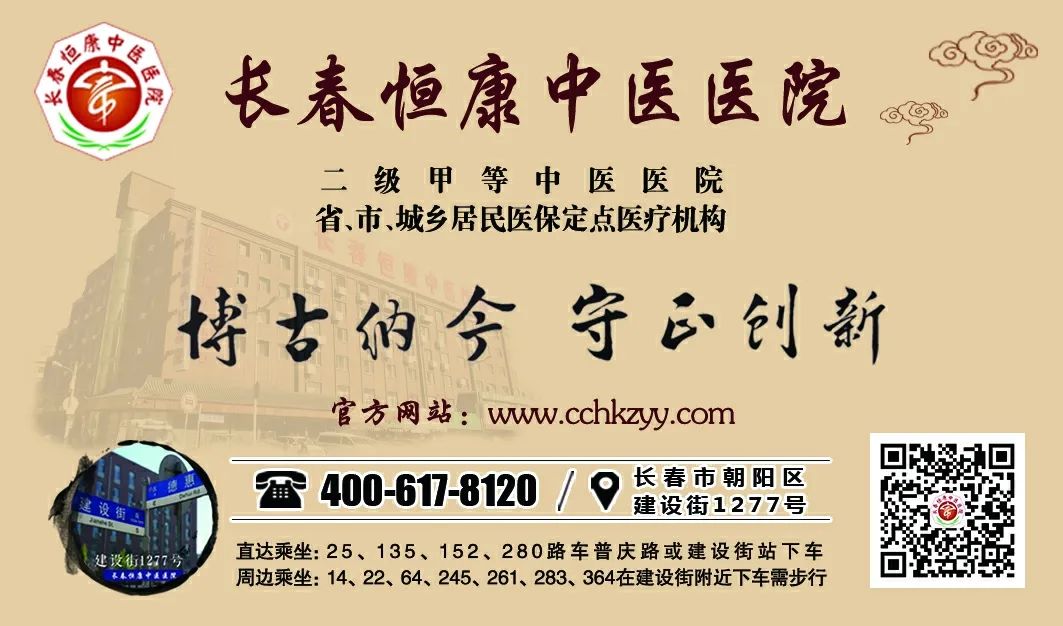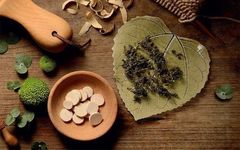
Medicinal cuisine in Traditional Chinese Medicine (TCM) is a special dietary practice guided by TCM theories, which combines various medicinal herbs with food in a reasonable formulation, utilizing both traditional and modern scientific techniques. It possesses unique characteristics in color, aroma, taste, shape, and efficacy, and serves health maintenance, disease prevention, and treatment purposes.Originating from China’s traditional dietary and TCM dietary therapy culture, medicinal cuisine is a product of the integration of TCM knowledge and culinary experience. Based on the theories of TCM, culinary science, and nutrition, it embodies the principle of “integrating medicine into food,” providing high nutritional value while also preventing and treating diseases, enhancing health, and prolonging life. So, how should medicinal cuisine be consumed, and what should be noted when preparing it?
Reasonable Ingredient Pairing
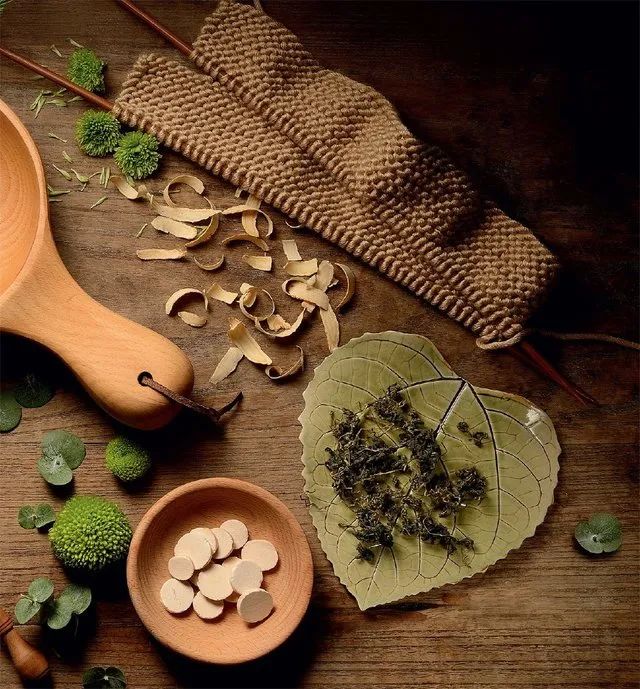
Medicinal cuisine relies on the synergistic effects of both medicinal herbs and food. Based on the theory of “medicinal and food homology,” both food and medicine possess the four natures and five flavors, namely cold, hot, warm, and cool (四气) and sour, pungent, bitter, sweet, and salty (五味). The pairing of food and medicine should follow the principles of TCM compatibility. As stated in the “Shouqin Yanglao Shu”: “The food from land and water, regardless of thousands of varieties, all possess the properties of the five natures and five flavors, which are also governed by Yin-Yang and the five elements, similar to medicine… If one understands the nature of food and adjusts its use, it will be more effective than medicine… A good practitioner of medicine is not as good as a good practitioner of food.”Common medicinal herbs used in medicinal cuisine number in the dozens, primarily categorized into three types: cold, warm, and neutral. Cold and cool foods have effects such as clearing heat, purging fire, detoxifying, nourishing Yin, and cooling the blood. Warm and hot foods have effects such as dispelling cold, assisting Yang, warming the meridians, invigorating blood, and unblocking channels.Common warm foods include leeks, pepper, garlic, ginger, mustard, scallions, coriander, walnuts, and sheep’s milk. Cold and cool foods include mung beans, radishes, bitter melons, loofah, tea leaves, bitter herbs, purslane, lotus root, salt, kelp, winter melon, and milk. Foods with neutral properties include cabbage, shepherd’s purse, soybeans, yellow soybeans, white broad beans, yam, and lotus seeds.In food, sour flavors have astringent and solidifying effects, such as black plums which can stop diarrhea, control bleeding, and relieve coughs, useful for conditions like dysentery, rectal prolapse, etc. Astringent flavors are similar to sour flavors and are often used for symptoms like excessive sweating, diarrhea, dysentery, frequent urination, and slippery essence. Pungent foods generally have the effects of dispersing and promoting Qi and blood circulation, including scallions, ginger, chili, fennel, and garlic. Sweet foods can nourish, harmonize, and alleviate urgency, often used for tonifying and strengthening the body, such as japonica rice for Qi enhancement, jujubes for spleen strengthening, and malt sugar for alleviating pain. Salty foods have effects such as softening hardness, dispersing nodules, nourishing Yin, and descending, such as jellyfish which can soften phlegm, and kelp and nori which can dissipate goiter and disperse Qi. Bitter foods are generally cold and have effects such as clearing heat, purging fire, and drying dampness, such as bitter melon which can clear heat and detoxify, useful for heat excess conditions.
Correct Selection of Medicinal Cuisine
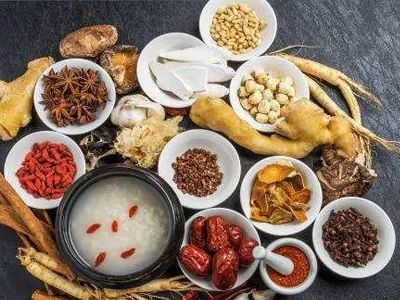
TCM emphasizes syndrome differentiation and treatment, and medicinal cuisine must also be tailored to the individual. Only by considering the person, time, and place can the reasonable health benefits of medicinal cuisine be realized. When consuming medicinal cuisine, the following aspects should be noted.
01
Identify the body constitution type, achieving “differentiated dietary therapy”
For example, individuals with Yang deficiency constitution should consume warming and tonifying medicinal cuisine. Yang deficiency is primarily characterized by sensitivity to cold, abdominal pain, loose stools, and poor sexual function. Clearing and tonifying medicinal cuisine is suitable for those with phlegm-damp constitution, who tend to be overweight and often suffer from hypertension, hyperlipidemia, coronary heart disease, diabetes, etc., presenting as heat sensitivity, excitability, and excessive sweating. Yin deficiency constitution is characterized by thirst, dry throat, and constipation, and can benefit from nourishing Yin and blood medicinal cuisine. Neutral tonifying medicinal cuisine is generally suitable for everyone, especially for those with poor constitution, dual deficiency of Yin and Yang, and deficiency of Qi and blood.
02
Consider the seasons, achieving “harmony between heaven and man”
In spring, the liver corresponds to the five organs. As everything revives and the weather warms, one can choose ingredients like fresh ginseng, American ginseng, prince ginseng, codonopsis, goji berries, and astragalus to support the body’s vital energy, such as chicken stewed with astragalus.In summer, which is divided into early summer and late summer, the heart corresponds to the five organs. Early summer is hot, and one should focus on cooling and tonifying. Ingredients like patchouli, perilla, lotus seeds, mint, and mung beans can be used to generate fluids and cool down, such as porridge made with poria and mung beans. Late summer is hot, and protecting the digestive system is crucial; one should avoid cold foods like ice-cold watermelon.In autumn, the lungs correspond to the five organs. The weather is cool and dry, so nourishing Yin and moistening dryness is advisable, using ingredients like ophiopogon, lily, tremella, honey, and autumn pears, such as rock candy tremella soup and honey-baked lily.In winter, the kidneys correspond to the five organs. In cold weather, warming and tonifying is recommended, using ingredients like yam, angelica, jujubes, longan, walnuts, and Chinese chestnuts, such as lamb and angelica hot pot and stir-fried deer antler with kidney.When preparing medicinal cuisine, one should select medicinal materials correctly and pair them reasonably. The medicinal materials must be genuine and should not include toxic or side-effect-inducing herbs. The quantity of food and medicine should be determined based on the number of diners.

◾ Secondary Class A TCM Hospital
◾ Designated hospital for provincial, municipal, and urban-rural residents’ medical insurance
◾ Designated hospital for inter-provincial medical insurance
◾ Practice base of Changchun University of Chinese Medicine’s Union Medical Diagnostic Center
◾ Designated hospital for driver physical examinations by the Changchun Public Security Bureau Traffic Police Detachment
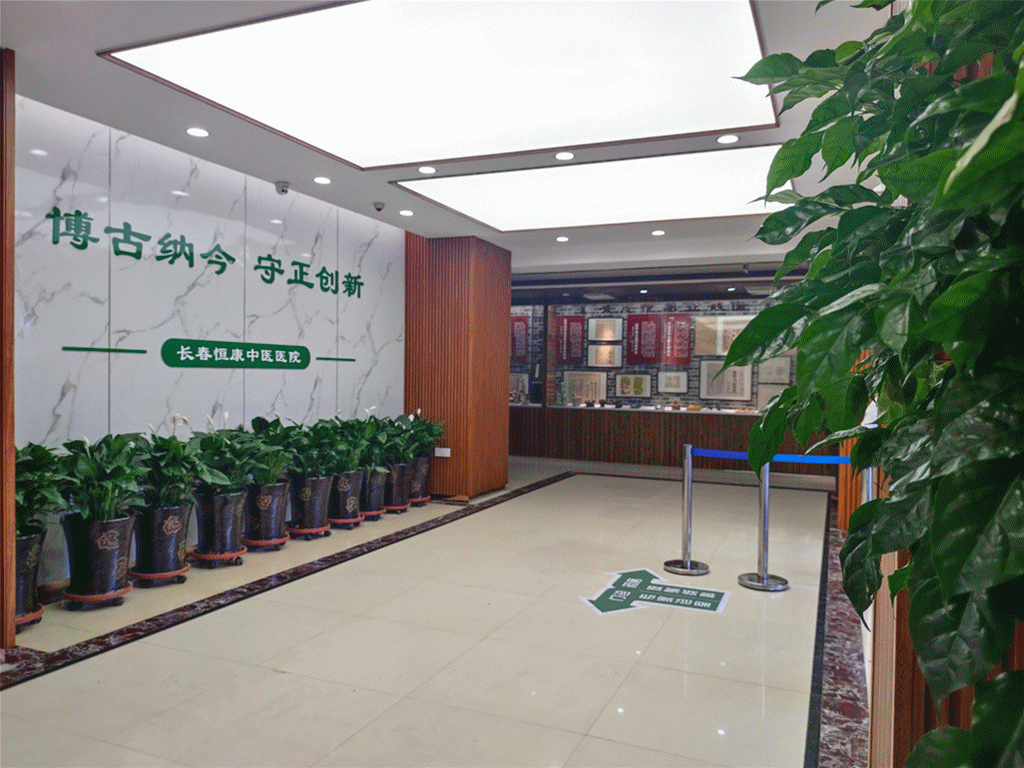
Changchun Hengkang TCM Hospital (formerly Changchun TCM College Rheumatology Hospital) was established in 1991, located at 1277 Jianshe Street, with a building area of 9,000 square meters, including outpatient and inpatient departments, with 150 open beds. The hospital is equipped with diagnostic and treatment devices such as a United Imaging 1.5T superconducting MRI, a Siemens Somatom 32-slice CT scanner, a SONTU300-Mars dual-column digital DR machine, a Mindray BS-830S fully automatic blood cell analyzer, a Philips A70 color Doppler ultrasound diagnostic instrument, and a complete set of brain disease rehabilitation treatment devices. The hospital has a preparation room, and currently, 38 preparation varieties have obtained approval numbers, covering capsule, tincture, plaster, powder, water pill, ointment, liniment, and compound forms.

The hospital has established centers for rheumatology and bone diseases, gout treatment, spleen and stomach diseases, dermatology (formerly the dermatology team of the 81st Hospital led by Jiang Xiansu), brain rehabilitation, TCM chronic disease conditioning and rehabilitation, difficult and miscellaneous diseases, health examination, and dental outpatient services. The rheumatology, rehabilitation, and spleen and stomach disease departments are key medical specialties in the province and city during the 13th Five-Year Plan.

The hospital adheres to the principle of “people-oriented, patient-centered, distinctive features, and quality service,” with the motto “Learning from the past and innovating for the future,” ensuring the health of the public!
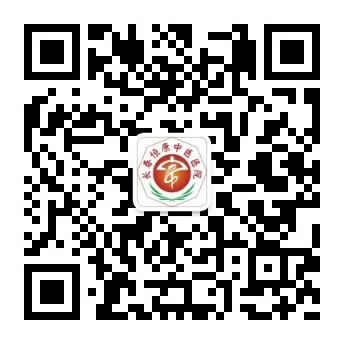
Scan to follow us
During the pandemic
Safe medical treatment

(Some content and images in this article are sourced from the internet. If there is any infringement, please contact us for removal. Thank you!)
↓↓↓
